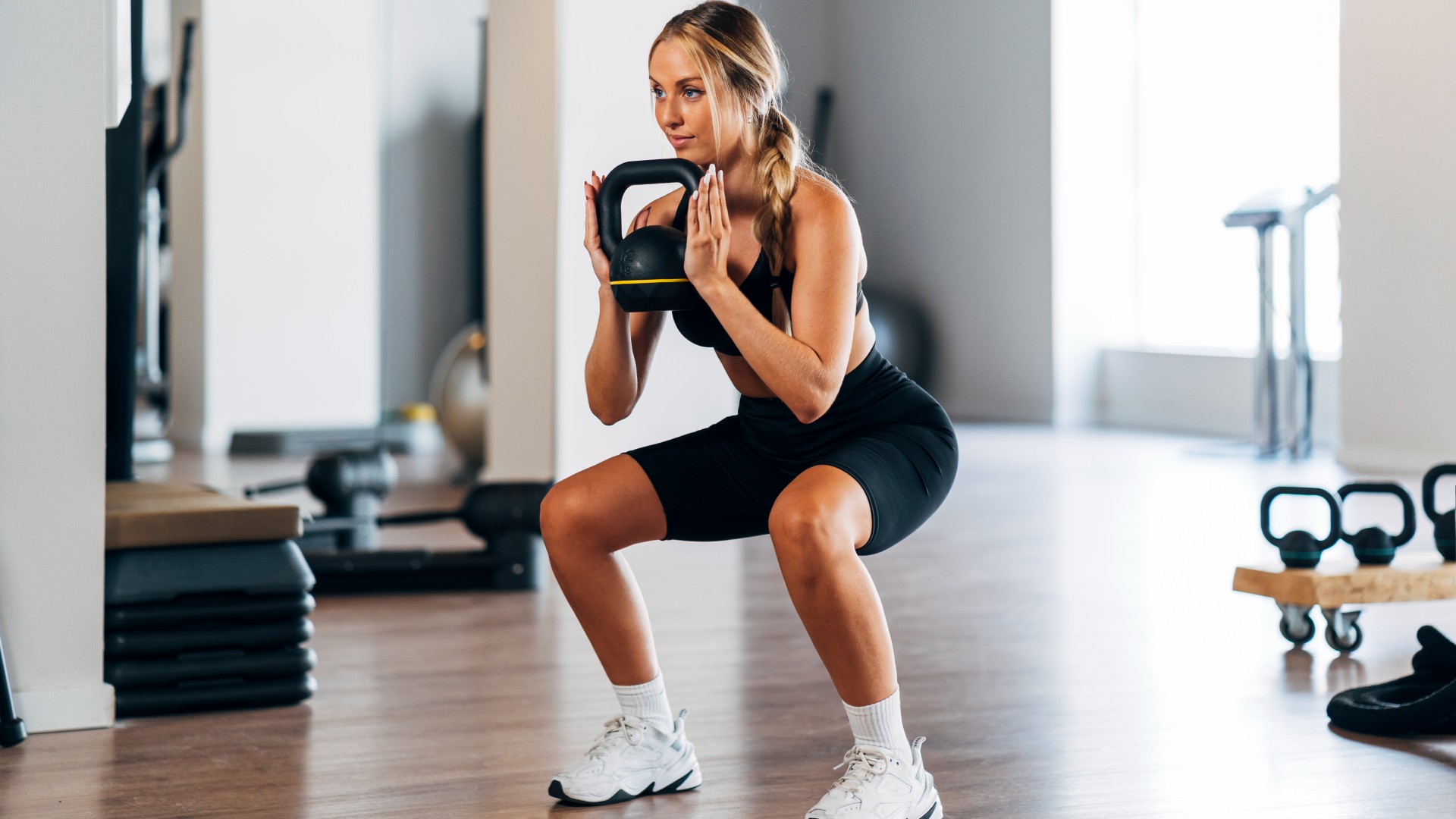How to avoid an injury while marathon training — essential tips from an expert physio
Keep on running with this expert advice

Running a marathon is one of the most rewarding experiences you can have, and it’s not just the event itself you’ll remember — the months of training improve your fitness and mental resilience as well.
However, that’s only the case if you avoid injury while marathon training. You can’t completely rule out injuries — I once twisted my ankle in a freak accident just a few days before a marathon — but if you are smart about your training and recovery you can reduce the risk considerably.
If you’re marathon training right now, or about to start, then the six tips below from physiotherapist Laura Wilson can help you stay clear of injuries. Wilson is the founder of the Swiss Touch clinic in London, and has worked with her fair share of marathon runners who have succumbed to injury.
“Marathon training is an incredible challenge, but it can take a toll on your body if not approached carefully,” says Wilson. “Many running injuries stem from overtraining and neglecting the importance of strength and mobility. Some of the most common injuries include:
- Anterior knee pain
- ITB syndrome
- Gluteal tendinopathy
- Hip tightness
“Over the years, I’ve worked with lots of runners who have faced injuries during their preparation, most of which could have been avoided.”
Here are Wilson’s essential tips to help you train safely and reduce your risk of injury.
Follow a structured training plan
“Start by following a gradual and structured training plan,” says Wilson. “One of the most common mistakes runners make is increasing their mileage or intensity too quickly. This puts unnecessary strain on your muscles, bones, and joints, leading to overuse injuries.
Sign up to get the BEST of Tom's Guide direct to your inbox.
Get instant access to breaking news, the hottest reviews, great deals and helpful tips.
Stick to a steady progression, ideally increasing your weekly mileage by no more than 10% to allow your body time to adapt.”
Get the right running shoes
If there was ever a time to invest in a set of the best running shoes, it’s when you’re marathon training. You have hundreds (or even thousands) of miles to run before you make the start line, and then 26.2 more to run on the day itself, so treat yourself to the pair that feels best.
“Investing in the right footwear is crucial,” says Wilson. “Make sure to get professionally fitted for shoes that suit your foot type and running style, and train in the same trainers you will race in.
“Worn-out or poorly-fitted running shoes can lead to biomechanical issues, discomfort, and long-term injuries. I advise replacing your trainers after 300–500 miles to ensure they continue to provide adequate support.”
Do some strength training
“Strength training is a key component of injury prevention,” says Wilson. “I advise seeing a physiotherapist for a biomechanical assessment early in your marathon training program so you can be given a strength and mobility program tailored to your needs.
“Weakness in the glutes, hips, and core can lead to poor lower limb mechanics, increasing the risk of injuries like knee pain and ITB issues. Incorporate exercises like single-leg deadlifts, single leg bulgarian split squats, squats, lunges, and planks into your routine two to three times a week to build strength and stability.”
I’ve run 13 marathons myself and doing more consistent strength training is one area of my preparation I’m always looking to improve on. This strength workout for runners is a good starting point if you’re not sure where to begin.

Warm-up and cool-down
“Ensure you have a proper warm-up and cool-down routine,” says Wilson. “Spend 5–10 minutes warming up with dynamic movements such as leg swings and light jogging and post run include static stretches and foam rolling to release any tension and improve flexibility. Cold muscles are more prone to strains and tightness, particularly in areas like the calves, hamstrings, and Achilles tendon.
Plan your recovery
“Recovery is an essential part of your program,” says WIlson. “Overtraining without adequate rest, including sufficient sleep — aim for seven to nine hours of quality sleep per night – can lead to inflammation and fatigue.
“Schedule at least one complete rest day per week to allow your body to fully repair. Active recovery, such as swimming, yoga, or gentle cycling, can help relieve muscle tension while keeping you moving on other days.”
Don’t push through niggles
“Listening to your body is one of the simplest yet most effective ways to prevent injuries,” says WIlson. “If you feel persistent pain or discomfort, please do not ignore it. Small aches can escalate into problems if left untreated, which take much longer to treat. Reduce your training load and seek advice from a physiotherapist as soon as possible.”
This last tip is really important in my opinion. I always used to procrastinate about dealing with niggles, but now immediately visit a physio if I feel something is off, and I’ve never regretted the visits even if it’s just to get told it is something minor and that I can keep training. That peace of mind is vital when you’re racking up the miles in marathon training.
More from Tom's Guide

Nick Harris-Fry is an experienced health and fitness journalist, writing professionally since 2012. He spent nine years working on the Coach magazine and website before moving to the fitness team at Tom’s Guide in 2024. Nick is a keen runner and also the founder of YouTube channel The Run Testers, which specialises in reviewing running shoes, watches, headphones and other gear.
Nick ran his first marathon in 2016 after six weeks of training for a magazine feature and subsequently became obsessed with the sport. He now has PBs of 2hr 27min for the marathon and 15min 30sec for 5K, and has run 13 marathons in total, as well as a 50-mile ultramarathon. Nick is also a qualified Run Leader in the UK.
Nick is an established expert in the health and fitness area and along with writing for many publications, including Live Science, Expert Reviews, Wareable, Coach and Get Sweat Go, he has been quoted on The Guardian and The Independent.
